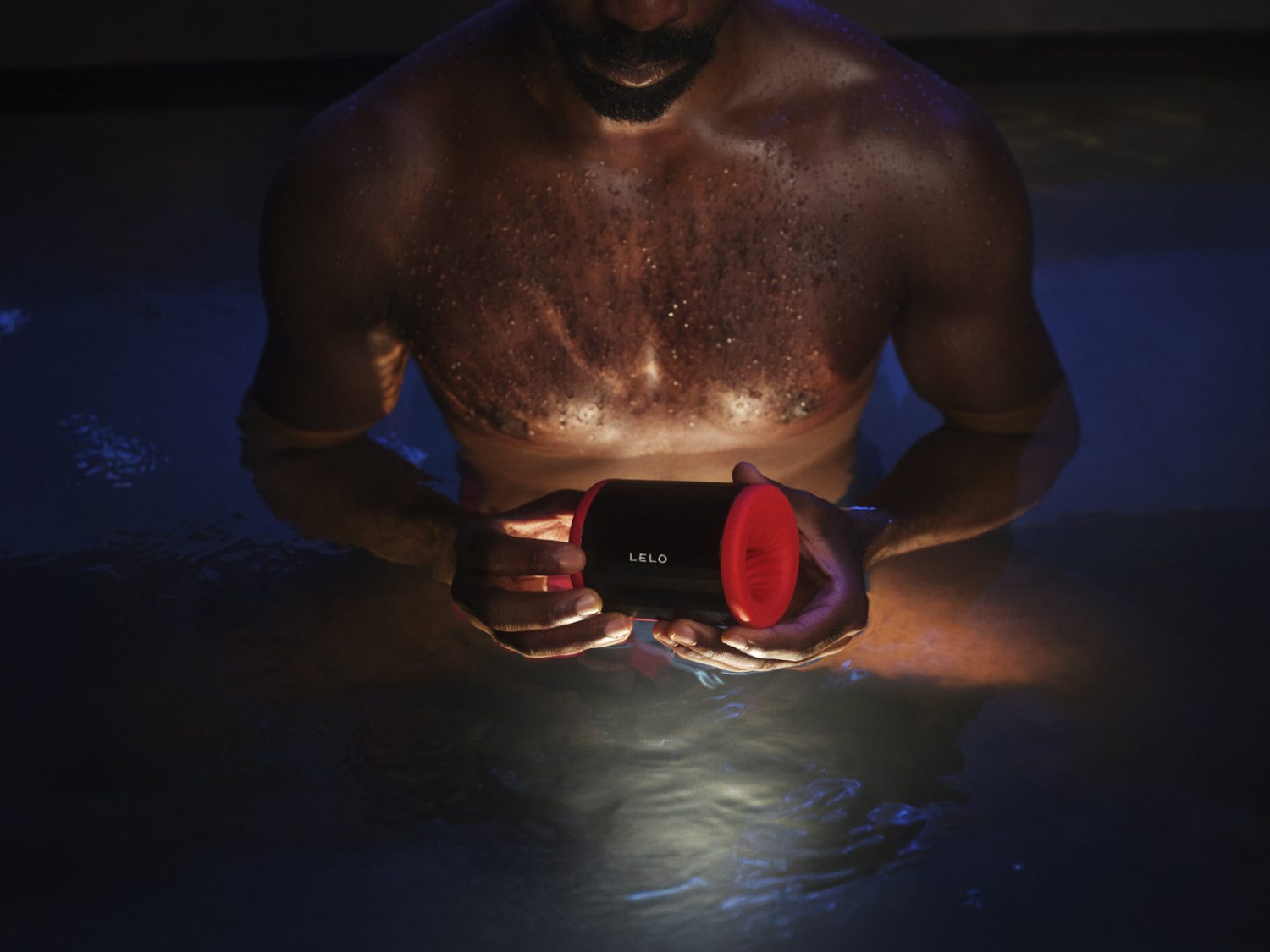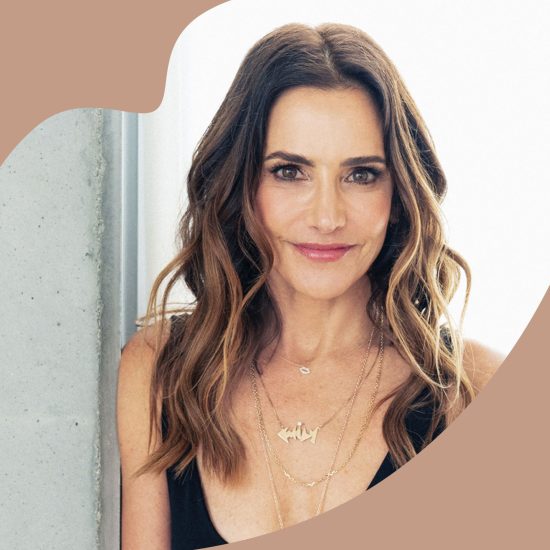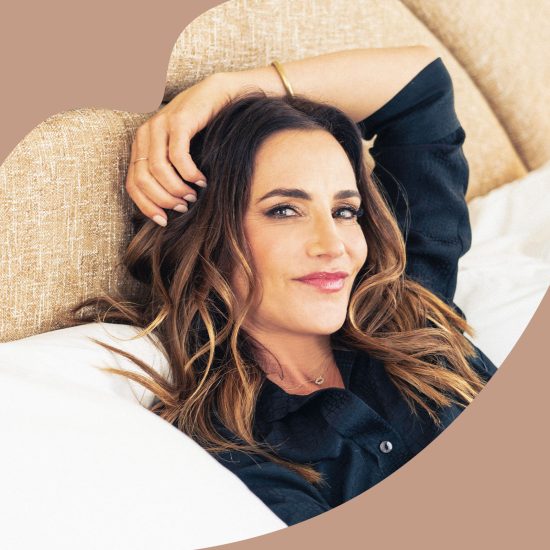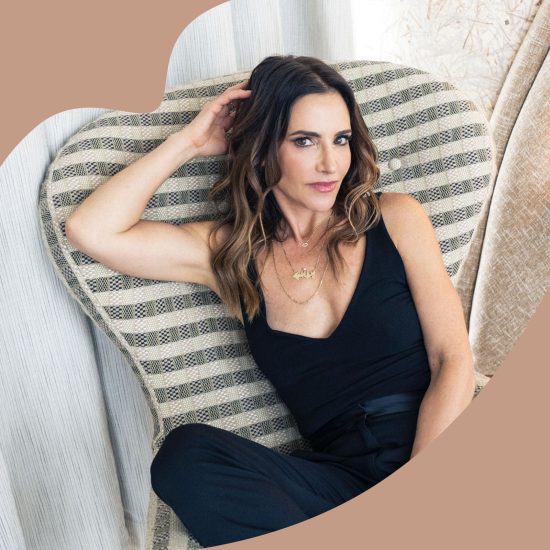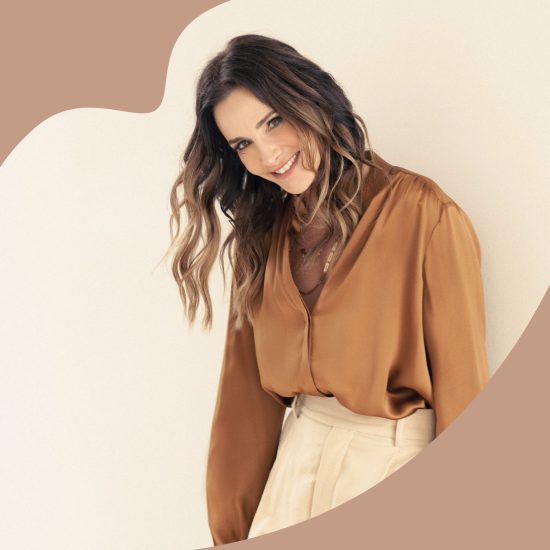Love comes in many ways, shapes, and forms. In the traditional and outdated sense, a “couple” usually means a relationship between two people of the opposite sex. But we have a come a long way from that limitation. Gender norms have changed, and new and different lifestyles have become more popular and accepted in the mainstream.
Let’s break down the different types of alternative coupling/relationship styles.
Polyamory
Polyamory means “the practice of participating simultaneously in more than one serious romantic or sexual relationship with the knowledge and consent of all partners.” In general terms, polyamorous relationships could be throuples, quadrouples, or even more!
There is hierarchical polyamory, where one partnership is the root of the group. There is also “non-hierarchical” polyamory, where all members of the poly group are on equal footing with similar terms.
Sometimes polyamory doesn’t just have a sexual connotation, either. In other words, the people in polyamorous relationships have actual love relationships with the people in them. The relationships are not just limited to sex. They almost always include feelings of romance, love, and commitment.
Polyfidelity
Polyfidelity is a type of polyamory “in which multiple people are committed to one another and are not open to new partners.” In other words, the participants in the group all consent and agree not to extend the relationship to other people. This is much like a closed monogamous relationship, just with more people!
Open
Open relationships are a catch-all term that covers a broad array of relationships. To be in an “open” relationship could mean many things. It could include polyamory, since the relationship is essentially “open” to others already. However, it can also mean thatmembers of the couple are free to seek sexual gratification elsewhere. There are many ways to have an open relationship. It all depends on the couple and their needs and wants. Everyone involved decides and discusses what their boundaries, limitations, and needs are.
So what is the difference between poly and open relationships?
As Psychology Today puts it:
“Poly and Open are different. Poly couples are typically involved with other people together. Open couples often have relationships or adventures separate from each other. While Open couples may be interested in only sex with others, Poly couples are oriented toward longer-term emotional involvement with others.”
Which brings us to…
Open-Poly
Open/Poly is essentially a broader category of relationships that can be a combination of open relationship with a poly tendency or vice versa. Usually when someone says they are in an “Open/Poly” relationship it is a way to express that the relationship isn’t as easily compartmentalized in either category. Explaining all the mechanics is complicated and quite frankly not everyone’s business. It also might be a way to express that the relationship (or personal identity) might still be evolving.
Swinging
Swinging is a term used to describe a couple who likes to step out and exchange partners with other couples, but it can mean different things. The dictionary definition includes, “the act or practice of being free and uninhibited sexually” or “the exchanging of spouses for sex.”
Swingers tend to get together in large group settings like parties or “takeovers” of resorts/events. But they also like intimate settings such as a simple get together between two couples who “swap” partners for a night. I have personally seen the bonding that happens between partners when they are swinging. I like to think of it as a “team sport.”
Monogamish
If someone identifies as “monogamish” it usually means they tend focus on one person as if they are monogamous, but are also open to exploring sex outside that person. Monogamish is a broad category much like “open” and can indicate that fidelity to one partner is really important.
The term monogamish was coined by sex and relationship columnist Dan Savage and is generally thought to mean many things, but usually is focused around sexual choices of the people inside a monogamous relationship.
What a monogamish relationship looks like differs from couple to couple. The partners in these relationships could “negotiate terms that include ‘only one night stands’ or ‘when we travel,’ while others have a ‘don’t ask, don’t tell’ policy.”
I have personally tried a variation of the “don’t ask, don’t tell” policy and it worked well in one relationship, but not in another. It really comes down to trust, communication and, what works well for all partners.
Kinky
I am including this “category” of couples because (a) I am kinky and identify as such, and (b) As a relationship style, people overlook it. People who are kinky can have alternative lifestyles, including FLR (“female-led relationships”), cuckoldry, D/s (“Dominant/submissive”) dynamic, etc. A kinky lifestyle may or may not include any or all of the relationships listed above.
* * *
No matter your choice of relationship style, everyone struggles with balancing variety and stability in our relationships. As our social norms expand, the idea of a “couple” will continue to expand. It is good to honor all relationships styles to include everyone, regardless of how many other partners come into play.
Ultimately, your “ride or die” can be more than one person if you so choose. If you’re looking to explore alternative relationship styles, #open is a great dating app that promotes inclusivity in every way.
—
Emily Anne is a bestselling author, sex coach and educator, who specializes in helping people expand their sexual horizons through BDSM and kink. When she’s not obsessively talking about sex, she’s hiking through the Hollywood Hills. Get some sexy education on her Instagram feed!




